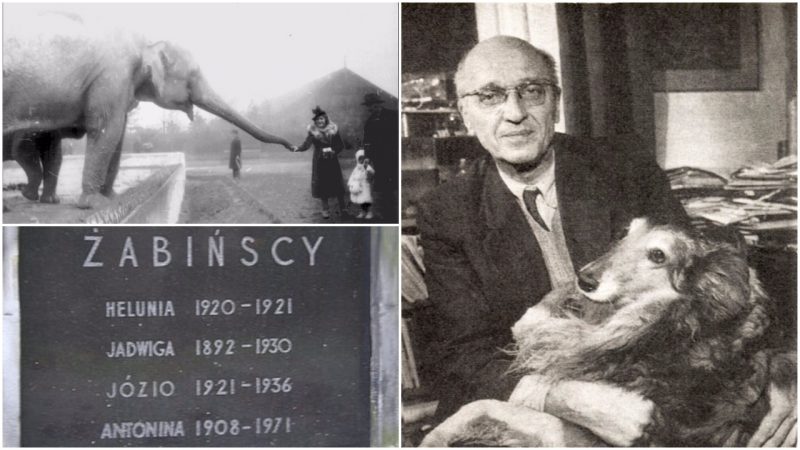During the 1930s the Warsaw Zoo was one of Europe’s largest, managing to house and nourish numerous animals. However, this accomplishment was succeeded by another purpose when World War II commenced. The zoo’s sheltering of Jewish families is the subject of the recent film The Zookeeper’s Wife. It is a story that attests to both the courage and the suffering in Warsaw during the war.
The bombing of Poland destroyed large parts of the zoo and many of the animals were either killed or taken to Germany. The director of the zoo was Dr. Jan Zabinski, a respected zoologist and intellectual at the time. The war brought him numerous problems and challenges, and he was acutely aware of the suffering of the Jews. When the Warsaw ghetto was established, he was able to give a helping hand to some of the persecuted. Jan was appointed a superintendent of the city’s public parks by the German administration in Warsaw, and so was allowed to enter as an employee of the Warsaw municipality.
The situation in the ghetto soon became worse, so Jan and his wife, Antonina, decided to use their position in the zoo to offer shelter to the people in need.
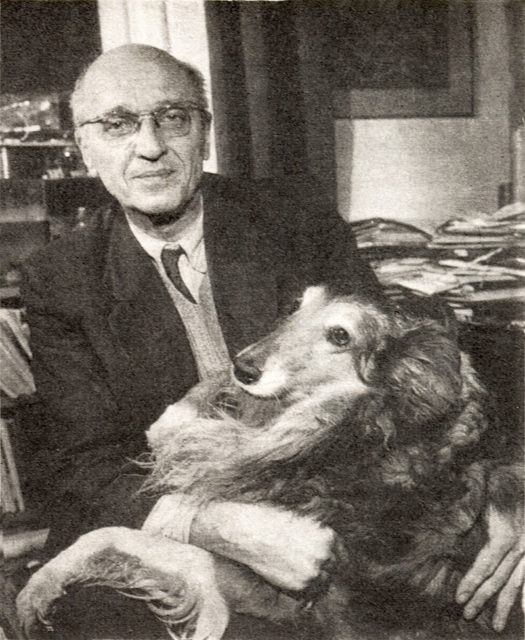
Many of the Jewish war survivors described his home and the zoo as “Noah’s ark,” adding that: “Dr. Zabinski, with exceptional modesty and without any self-interest, occupied himself with the fates of his prewar Jewish suppliers… different acquaintances as well as strangers. He helped them get over to Aryan side, provided them with indispensable personal documents, looked for accommodations, and when necessary hid them at his villa or on the zoo’s grounds.”
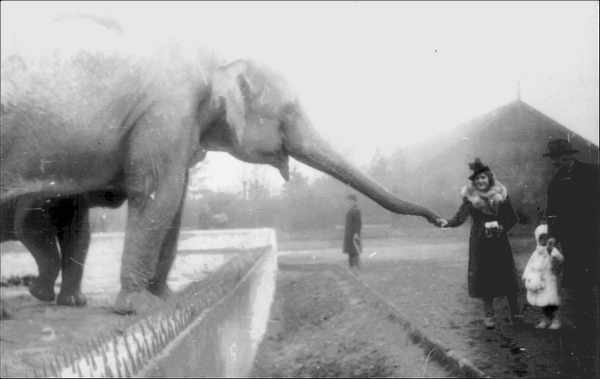
According to testimonies, dozens of people found shelter in Zabinski’s private home on the zoo’s grounds while others were temporarily hidden in the abandoned animal cells of the zoo. Antonina and her son Ryszard looked after the refugees, supplying them food and other needs. At first, the Zabinskis used their own financial funds to subsidize the maintenance costs, and later they were supported by Zegota, the secret name of the Council for Aid to Jews.
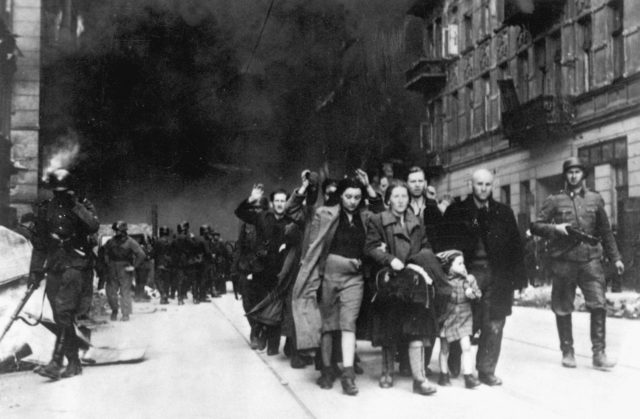
To one of the few survivors left today, Stefania Sitbon, the zoo served as her home where she stayed with her mother and sister for two and a half months. Sitbon told how during the hiding, people would stay tucked away to steer clear of the zoo’s staff and the patrolling soldiers. She recalled: “We could go out from the basement only after 5 p.m after the staff left because nobody knew that we were there.” Sitbon added that Mrs. Zabinski would play the piano to signal if it was safe for the people to come out, or to stay inside if a potential danger was lurking.
“When Antonina got a sign from the gate that the Germans came – because from time to time they’d come to check – she’d sit down by the piano and start to play. And we kids knew when we heard the playing we’d run like mice to hide. … Nobody said to us: ‘go hide.’ But we knew already when she played, we had to hide.”
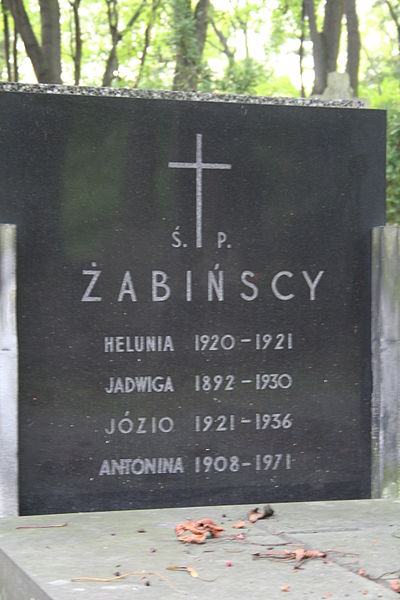
Sitbon’s family were reunited after the war but unfortunately, her father, an ex-soldier, died in 1948. In 2014, she went on an emotional pilgrimage back to Poland, where she met the Zabinskis’ daughter, Theresa, and saw the same zoo which once was her sanctuary.
‘The zookeeper’s wife’ (2017)
based on a book written by Diane Ackermn
dir. N. Caro
(It was shot in my country what is very rare) pic.twitter.com/K1OrgJahhD— a (@crushxstone) June 25, 2017
In 1944, Jan Zabinski took part in the Polish uprising as an active member of the Polish underground army (Armia Krajowa) but was soon after taken as a prisoner to Germany. His wife continued their work, looking after the needs of some of the Jews left behind in the ruins of the city.
The legacy of Jan and Antonina Zabinski was praised on October 30, 1968, at Yad Vashem honoring the Righteous Among the Nations.
Their story is commemorated in the novel The Zookeeper’s Wife by Diane Ackerman, which draws upon Antonina’s diary. This book constructed the plot of the same-titled film which was released recently, with the American actress Jessica Chastain playing Antonina and Belgian actor Johan Heldebergh portraying Jan.
